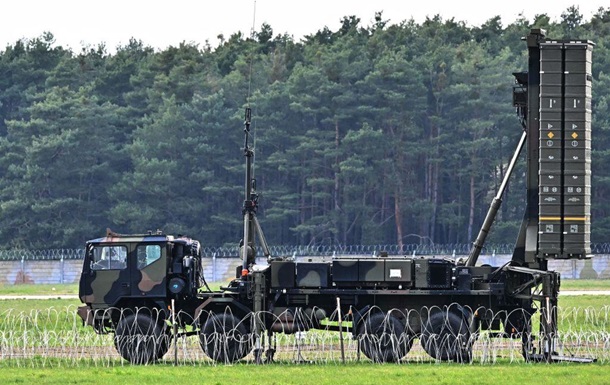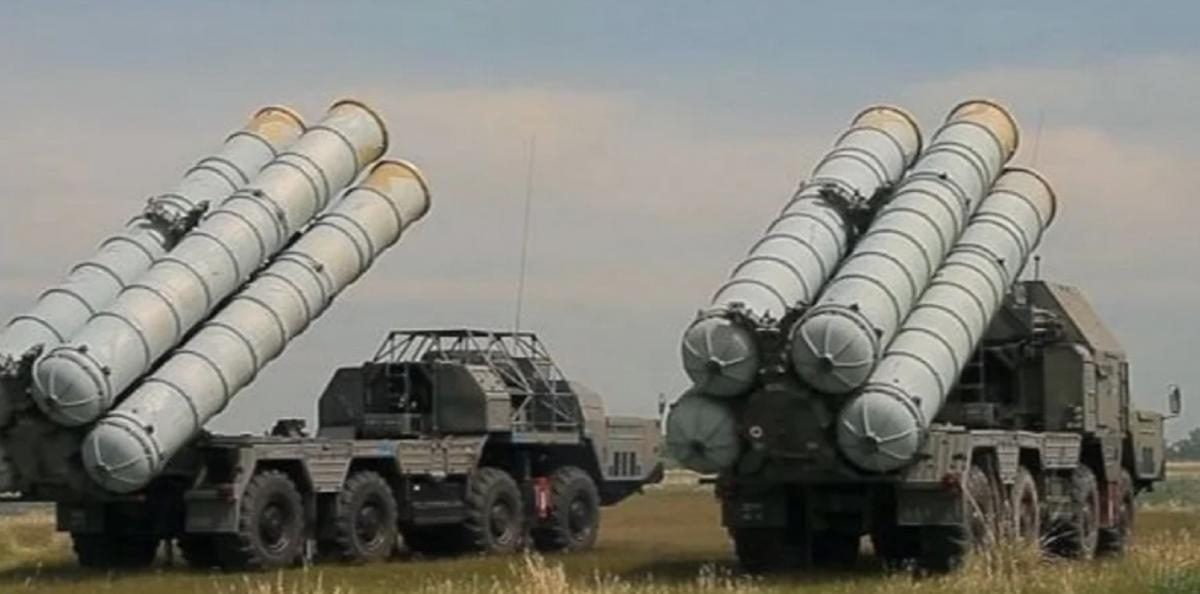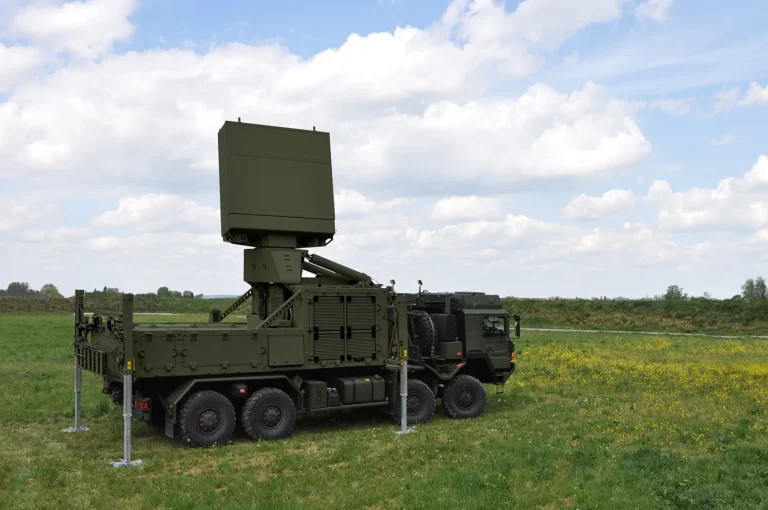Starter malfunctions are signaled by such phenomena as: difficult starting of the engine (slow revolutions), the collision of the gear clutch with the flywheel gear, which is clearly audible during the start, a loud rumbling of the engine after starting or temporary "slipping", which indicates a delay in disconnection and is an obvious solution starter repair. A burning smell or smoke coming from the starter also requires more attention. An obvious mistake is the lack of reaction to the first request to start it. However, the condition of the wires is regularly monitored. In the case of a generator with an imminent malfunction, this manifests itself in excessively noisy operation (damaged or worn bearings, or a pulley with a one-way clutch), high temperature and characteristic buzzing of the windings, as well as the smell of smoke or burning. The failure of the electrical supply of this component may indicate incorrect lighting, flashing or illumination of the indicator on the instrument panel. With the help of simple devices, you can detect unwanted surges in the charging voltage or too low a value < 13,9 V.
Necessary workshop equipment.
At the beginning, it should be noted that there are alternators and starters of a new generation that cannot be repaired in a standard automotive workshop, since they require special equipment for both repair and diagnostics. A similar clause also applies to certain types of damage (broken bolts, pins, broken support bearings, Valeo stator mounted on rubber, torn rivets, etc.). In other cases and under the condition that the repair will be reduced to the replacement of easily removable parts (without damage to their internal structure), the list of necessary tools and devices is quite short. Both for starters and generators, a typical mechanical stand (table + vices), a set of double-sided keys, a set of socket wrenches with a ratchet handle (ratchet), a set of PZ and PH screwdrivers, a set of Torx keys, a pneumatic and impact wrench, a pneumatic screwdriver, compressor and washer with dryer, soldering iron, pullers for bearings and sliding clutches. For more complex mechanical work, it can be useful: a lathe, a table drill, a welder, a corundum and sandblaster, and even a miniature painting camera. Pullers of coupling units and devices for their fastening, a press for pressing sleeves, a test stand, a brush-welder and a device for detecting short circuits between the rotor coils are specially developed for starters. The scope of repair.
Considering the simplicity of the design of the starter and generator, it can be said that the generator consists of only 6 components, and the starter of 9. A good mechanic will quickly find damaged parts and repair the generator or starter, limiting himself only to replacement. However, when it comes to serious failures, when most components must be replaced on this principle, a more reasonable solution is to buy a new or refurbished starter or alternator if they are not available on the market.


 322
322











